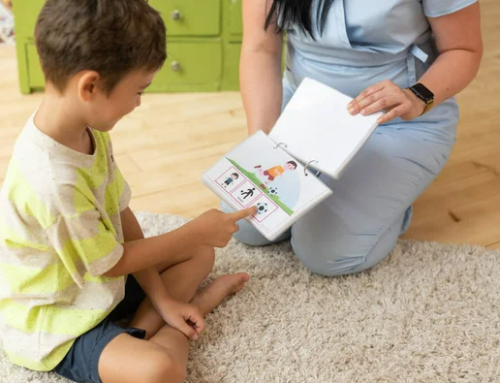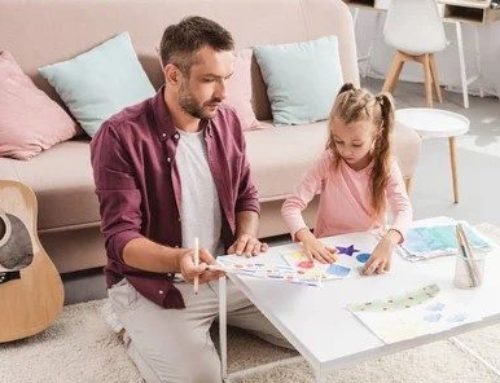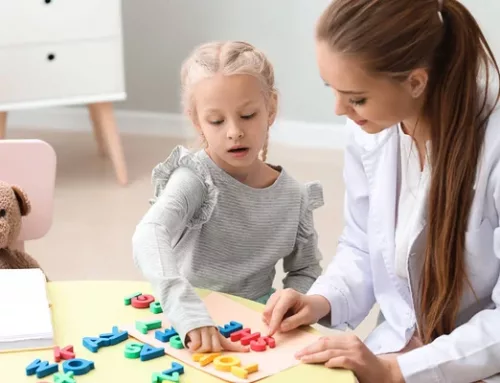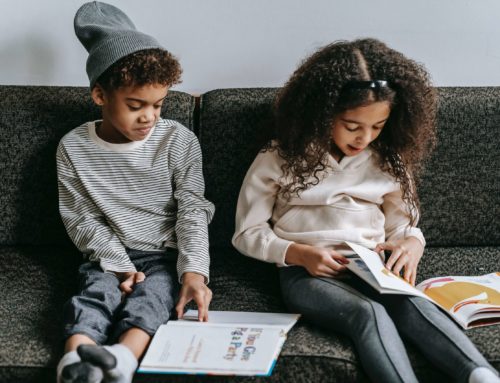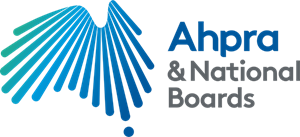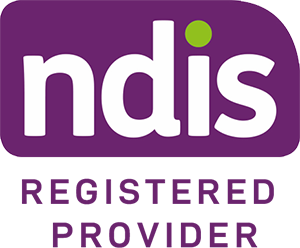LEGO® has been a crowd favorite toy for decades. It is a fantastic activity for children, teens and even adults! It sparks creativity, imagination and keeps our minds busy for hours. LEGO® is so loved world-wide for being a fun and creative activity, but did you know how wonderful it is for developing language and communication skills in children? Yep! Let me explain…

What is communication?
Communication development starts in infancy and continues to develop through our entire lives! Communication is a broad term describing how we use language, gestures, and other forms of communication to interact with others. We use communication everyday to have interactions with people, form relationships, negotiate with others, problem-solve and enjoy entertainment (E.g., watching a movie). Most of our language learning occurs during childhood, so let’s use LEGO® to support our children’s communication development!
What communication skills can we target with LEGO?

- Receptive language:
When playing with LEGO®, you are frequently giving instructions (E.g., “The yellow brick goes on top of the red brick”), asking questions (E.g., “Where does this one go?”; “What is it?”) and having conversation about the activity. These skills are all essential to building a child’s understanding of language. - Expressive language:
Expressive language includes requesting, commenting, and asking questions. When interacting during a LEGO® activity, there are so many opportunities for your child to request (E.g., “Can I have a blue piece”), comment (E.g., “I made a blue train!”) and ask questions (E.g., “Can you help me put this together?”; “Where is a green square piece?”). - Speech sounds:
There are so many sounds in LEGO® play. For example, you can practice /g/ in “green”, /l/ in “yellow”, /bl/ in “block”, /k/ in “car” and /s’ in “small”. There are so many different words you can use to practice sounds your child finds challenging. - Social communication:
Engaging in LEGO® building together involves turn taking, adapting communication to suit your communication partner, and asking for help when needed. These are different aspects of social communication that we may use in everyday life when interacting with others.
- Higher-level language:
Higher-level language skills are language skills that we use to predict, infer, explain and problem-solve. In LEGO®, we are constantly using our imagination and language to explain what we have built. We also frequently encounter problems that arise in our builds, and we can use our higher-level language to find ways to problem solve (e.g., “This piece doesn’t fit properly, I may need to look at the instructions again to see if I have made a mistake”).
How can I use LEGO to develop my child’s language and communication?
- Talk throughout LEGO® play! You can model a whole range of vocabulary, sentences, speech sounds, and problem-solving language. Providing lots of examples is a fantastic way for your child to learn how you communicate and they can develop these skills by listening/watching you.
- You can use LEGO® to support your child’s sentence structure and complexity. For example, you can focus on using adjectives such as colours, shapes and sizes when talking about the LEGO® You can model the language by describing blocks during play and encourage your child to describe blocks using these descriptors (e.g., Can you find a red square with 4 bumps on top?).
- Focus on prepositions, which are location words. LEGO® has so many opportunities to develop your child’s understanding and use of these important words! For example, you can use “on top, below, under, over, next to, between” in your play (e.g., Put the blue LEGO® between the wheels).
- Develop oral narrative skills by making stories with your Lego builds! Once you have created something, encourage your child to describe what they have made (E.g. “I made an aeroplane, it has wings, and it flies up into the sky!”). You can then prompt them to tell a story, using questions to support them (E.g., Where are they flying to? What will they do there?).
- You can focus on speech sounds as they come up in LEGO® If your child has a known error sound that they are working on (e.g., /k/ said as /t/), you can focus on that sound as it comes up (E.g., “You need another block”). Encoura
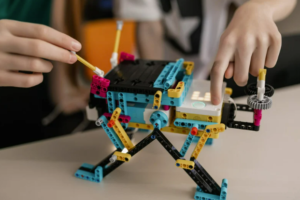 ge your child to try to make the sound, and you may even give feedback if they say it wrong (E.g., “You said blot, I think you meant block!”).
ge your child to try to make the sound, and you may even give feedback if they say it wrong (E.g., “You said blot, I think you meant block!”). - Use the instructions manual to make builds together! Take turns instructing and following directions (E.g., “You need a big blue rectangle. Then you need a small red square. Put the red square in the middle of the blue rectangle”). You may need to support your child to give these instructions by asking them to describe the block (E.g., “What colour/shape/size is it? How many dots does it have?”). This may involve changing the way you give an instruction, repeating instructions and asking for help. These are fantastic social communication skills to develop!
- Buy new LEGO® kits to add more challenges. The more complex the builds, the more complex instructions. Some kits may take hours, which encourages your child and you to work on a project for an extended amount of time. The language you use will also become more complex.
- Have competitions and see what your imagination can make you do! This way your child has an opportunity to work independently then explain to you what they have made and how they made it.
Did you know LEGO therapy is a real thing?
LEGO® therapy is a play-based therapy that can be used with all children and teens, and is usually run by an allied health professional with training in this therapy approach. It is a functional and enjoyable therapy approach, that supports all children including those with Autism, developmental language disorders, language delays, developmental delays or social communication disorders. LEGO® therapy occurs in small groups with children of similar age, where they can develop communication skills in a functional context and form friendships with their peers. Keep an eye out on our social media, as we have an upcoming LEGO® therapy group in Term 3!
Do you love LEGO® as much as I do? What a fun and engaging way for you and your child to achieve communication goals together! Not only will you have a great time, but your child will have the opportunity to learn so many language and communication skills. Time to pull out the LEGO® tub, let’s see how creative we can be!

LEGO Masters Workshop
Beam is holding a Lego Masters Workshop this July for children 6-11 years old!
LEGO® therapy is a play-based therapy that supports all children including with autism spectrum disorder, developmental language disorders, language delays, developmental delays or social communication disorders. They will learn functional communication skills which enables them to communicate effectively and confidently with others. Not only will they be having fun being creative with LEGO, but they will also be working towards their communication goals.
For more information on the LEGO Masters Workshop or to register your interest, please click on the LEGO Masters Workshop button below 👇
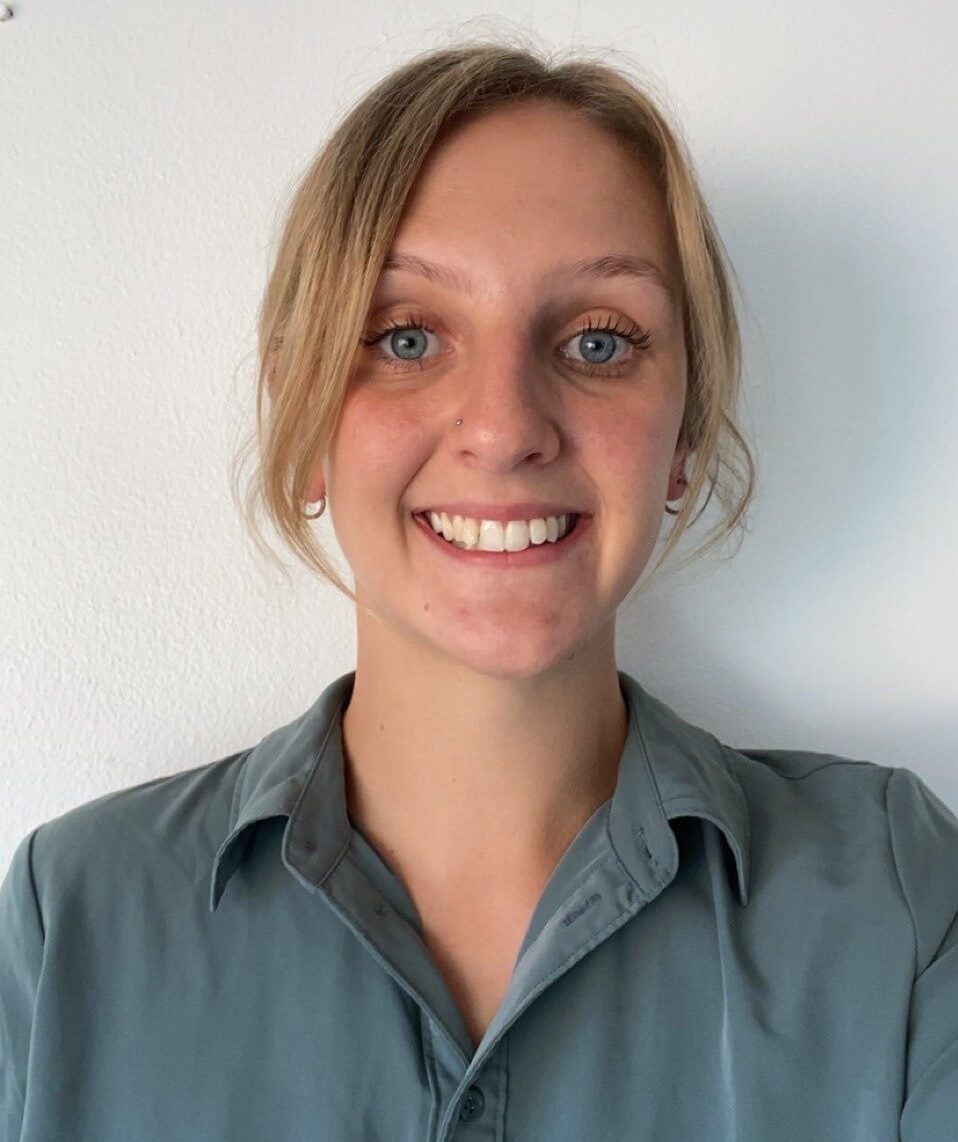
Kirsti
References:
Lindsay, S., Hounsell, K. G., & Cassiani. C. (2017). A scoping review of the role of LEGO® therapy for improving inclusion and social skills among children and youth with autism. Disability and Health Journal, 10(2), 173-182. https://doi.org/10.1016/j.dhjo.2016.10.010
Evans, V., & Bond, C. (2021). The implementation of LEGO® based therapy in two English mainstream primary schools. Journal of research in special educational needs, 21(2), 111-119. https://doi.org/10.1111/1471-3802.12504


